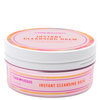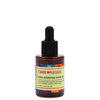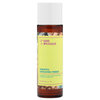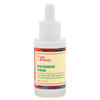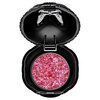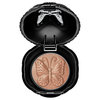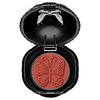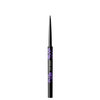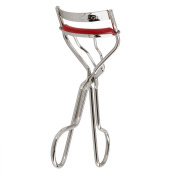Replace This $20 Item Once a Year, Improve Your Makeup Game
by Jorie Larsen
Published Aug 25, 2014

I’ve been wearing makeup on a regular basis for nearly a decade, but I’m only on my second eyelash curler. According to makeup experts, that’s no bueno. It’s likely that my curler is no longer performing at its peak. Here are three steps to maintaining a good working relationship with your lash curler (and yes, I’m replacing mine, stat).
Choose the right tool
If you’re looking to up your lash game, try out Kevyn Aucoin’s The Eyelash Curler. Viviana Marin, Director of Pro Artist Relations at Kevyn Aucoin, says the best asset of this particular tool is the fact that it’s wide enough for every eye shape. Another unique feature is the red silicone pad—the bright color helps you better see every individual lash, ensuring that you don’t miss a single hair when you’re curling.
Keep it clean
According to Marin, this is the number one thing you can do to prolong the life of a curler. She recommends using a cotton ball soaked in rubbing alcohol to remove old mascara, which is especially important if you curl your lashes after you apply mascara. How often? Marin cleans hers after every application. “This step will keep the lash curler working perfectly every time,” she says. Makeup artist James Vincent recommends sanitizing at least once a week for non-pro/personal use.
Replace it regularly
“If you use your lash curler daily, eventually it can start bending and warping,“ explains Marin, ”and the silicone pad can wear out within six months.” (The Kevyn Aucoin curler comes with one replacement pad.) Both Marin and Vincent agree: after 12 months is up, it’s time to spring for a brand-new tool. “For contacts-wearers and people with sensitive eyes, I’d suggest changing the pad every few months. If there’s any type of eye infection, replace the entire instrument,” explains Vincent, adding that professionals may need to change pads and/or replace the tool more often, depending on usage.
Makeup artist Brande Bytheway has noticed that, over time, the curler she carries in her kit comes out of alignment. “I can tell because it’s not as effective, and sometimes even more likely to pinch,” she explains. “I’m sure that has more to do with how and where it’s stored than it does the average wear and tear.” Something to consider if you travel with yours.
Bottom line, if you notice your curler isn’t operating smoothly, or it isn’t giving you the usual results—it’s time!
Featured Products
You Might Also Like
-

Hair Curling
Get Victoria's Secret Bombshell Waves
- 963
-

Makeup
Teen Makeup Tips
- 716
-
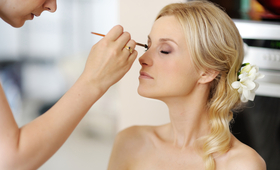
Bridal Looks
Bridal Beauty Tips
- 146
-

Hair Tools
Tousled Hair How Tos
- 1001
-
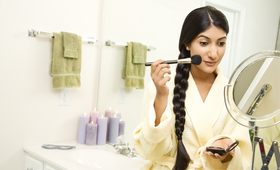
Looks
Polished Look in 15+ Minutes
- 441
-
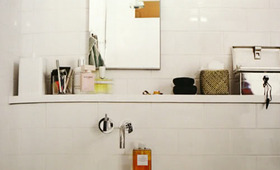
Skincare
Spring Storage Solutions Part 2: Skin Care & Fragrance
- 170
-

Hair
Split End Solutions for Healthy Long Hair
- 827
-

Nails
Fix A Broken Nail
- 886



